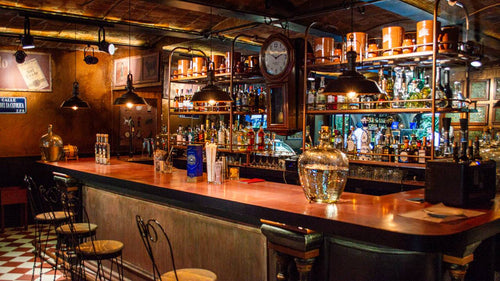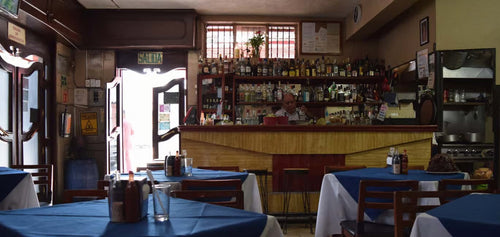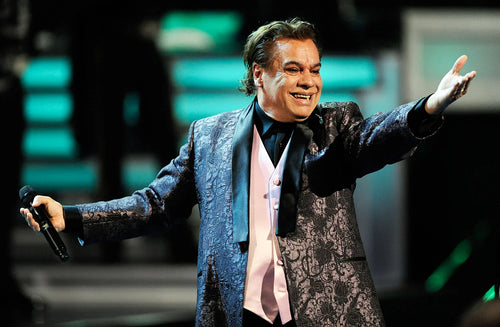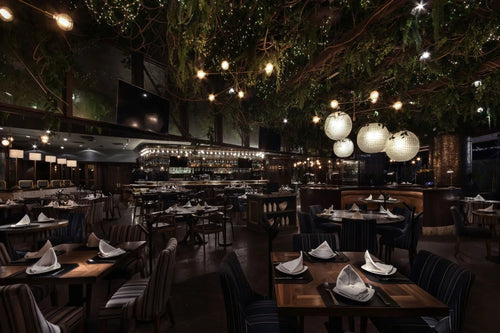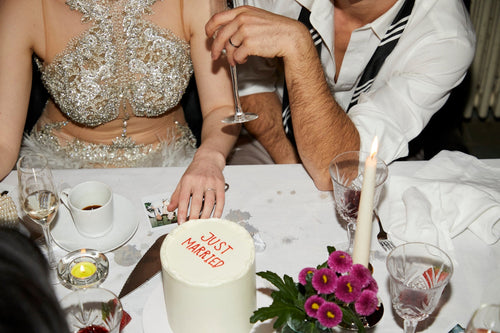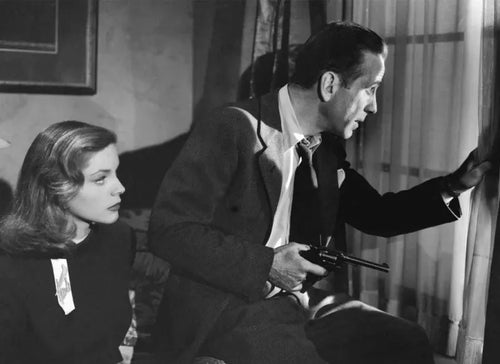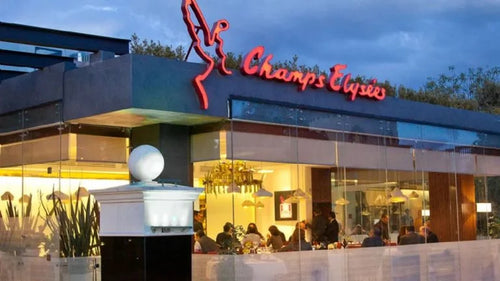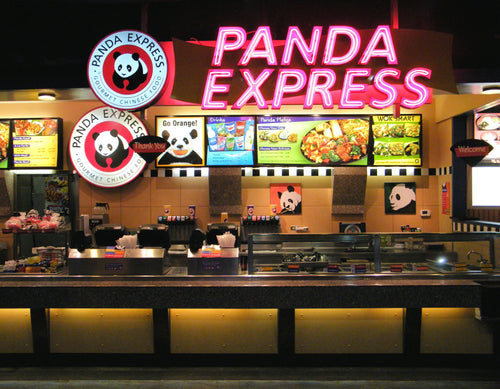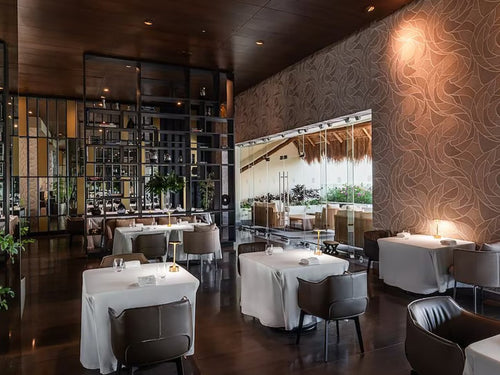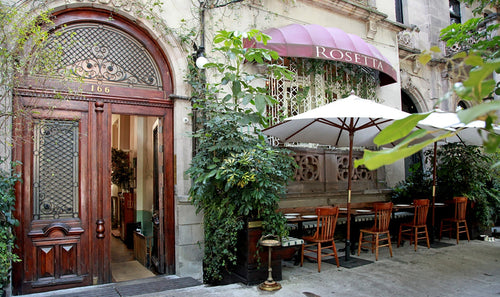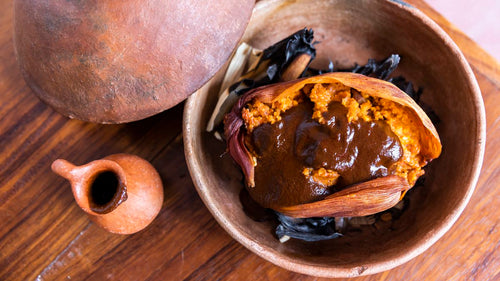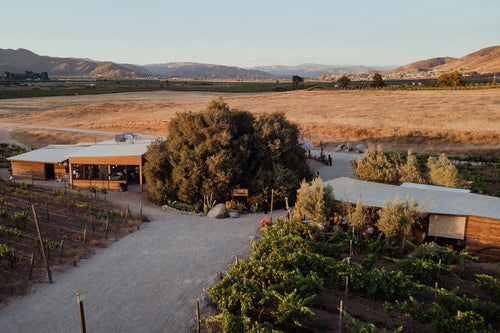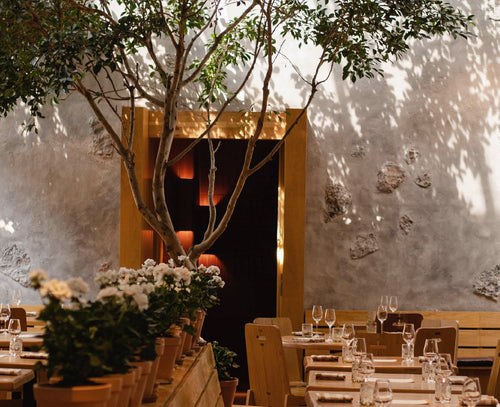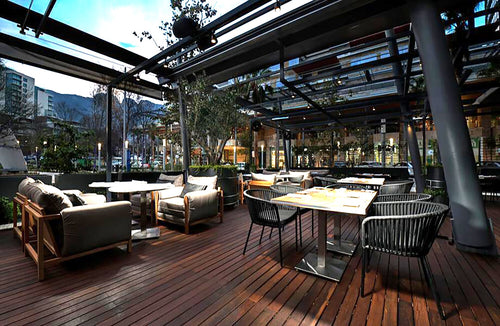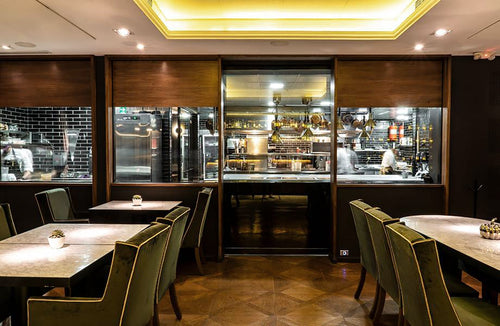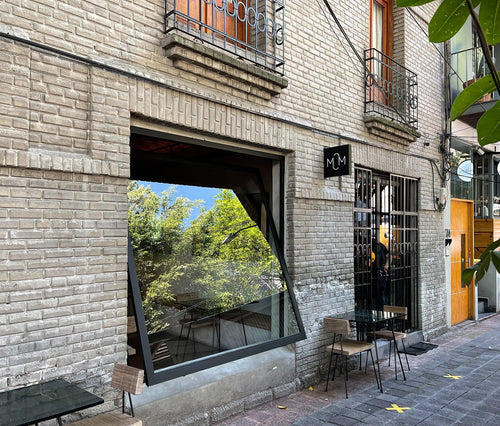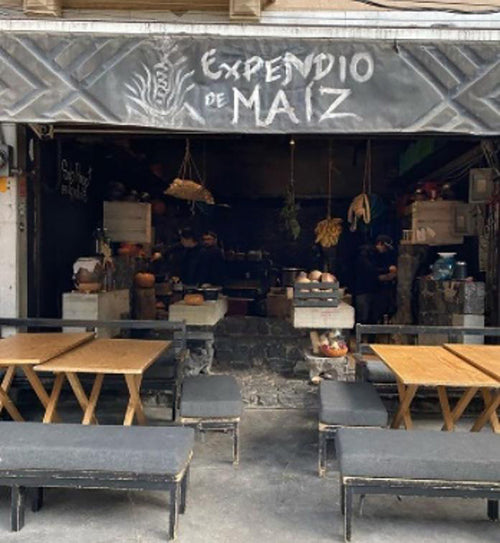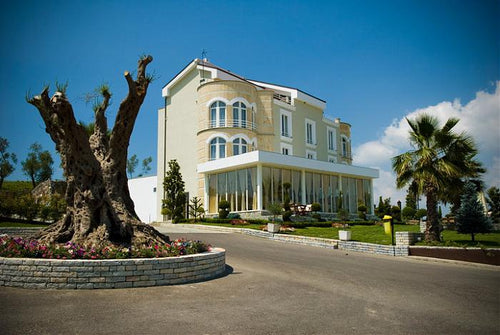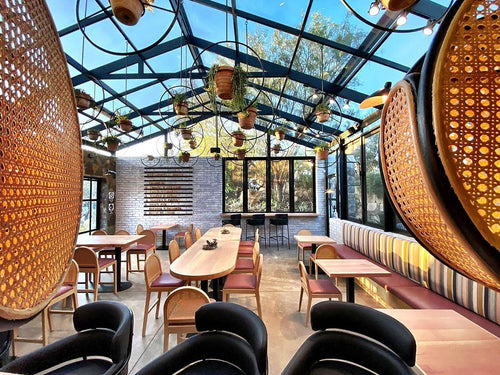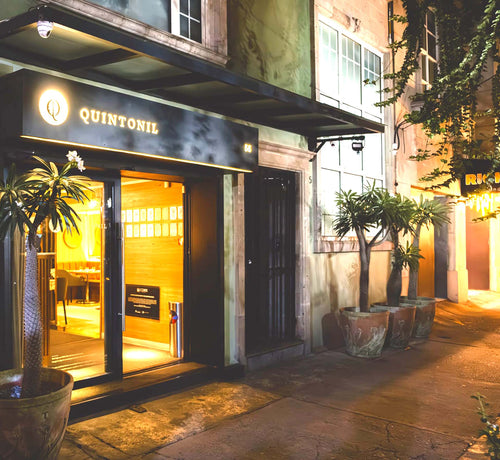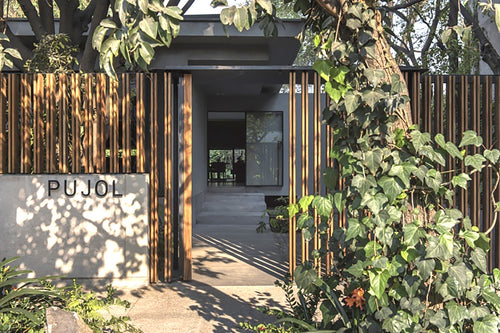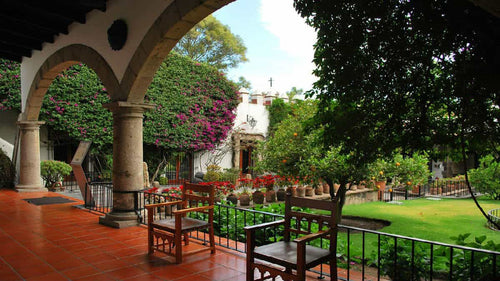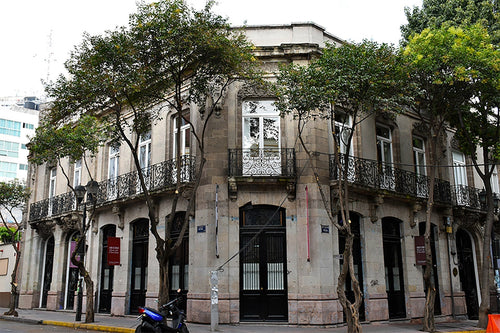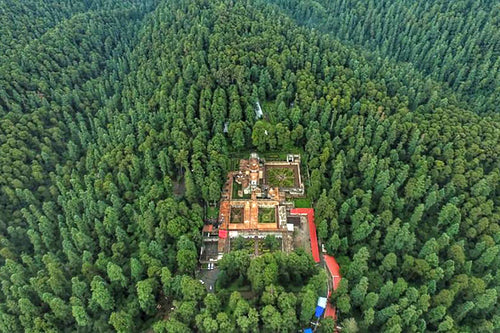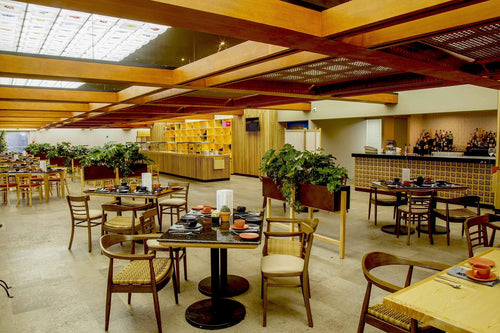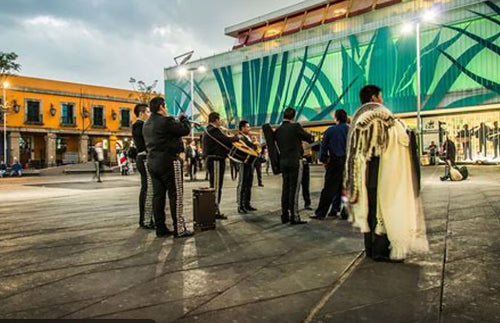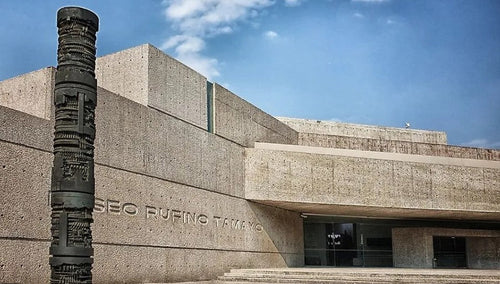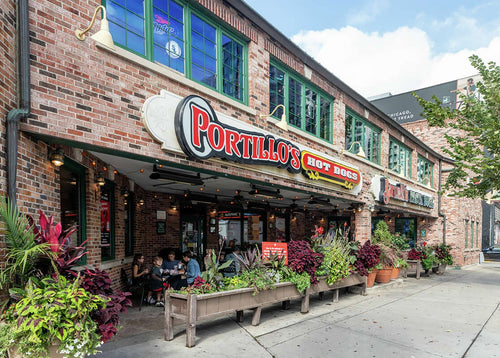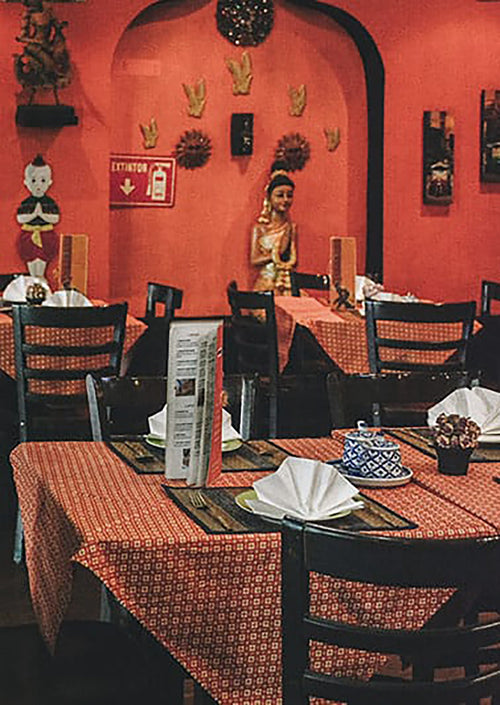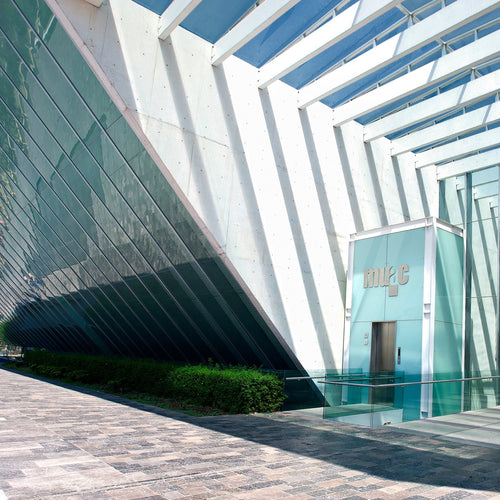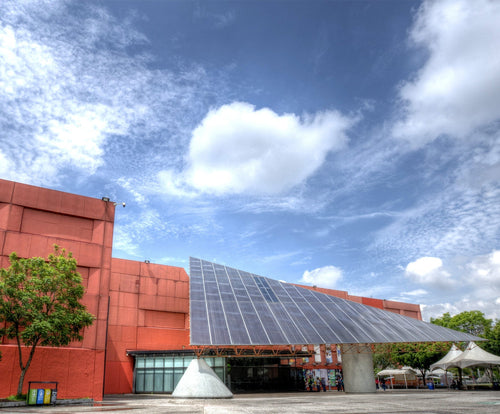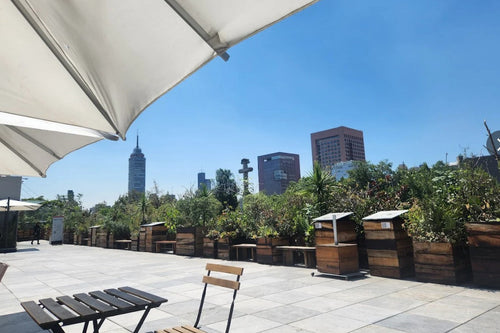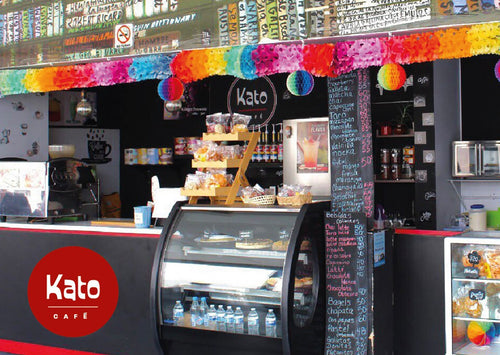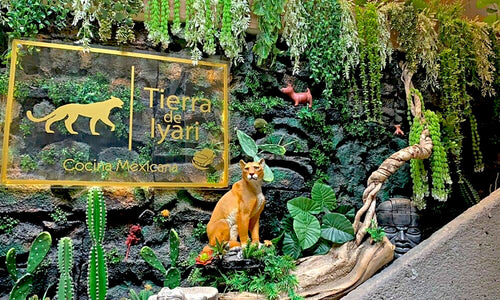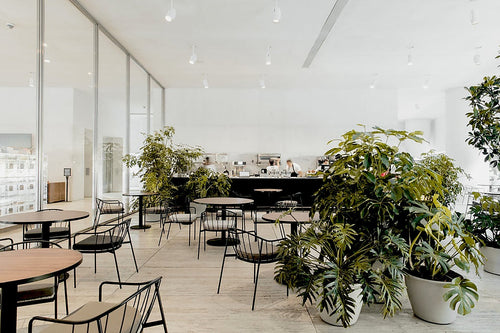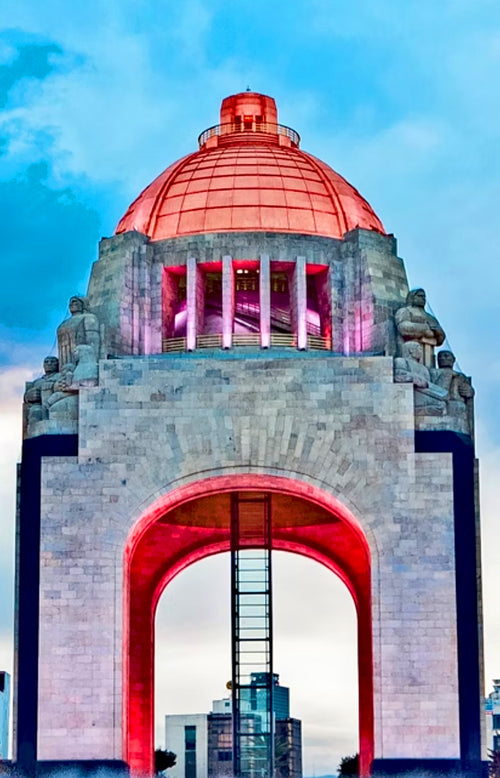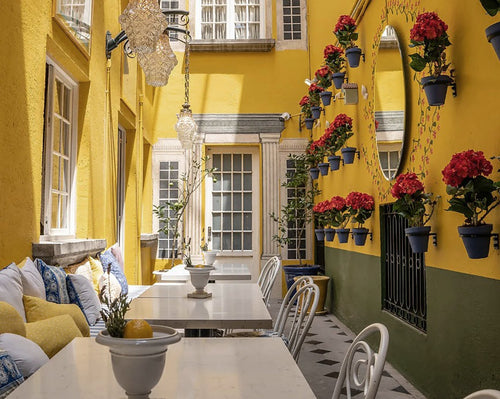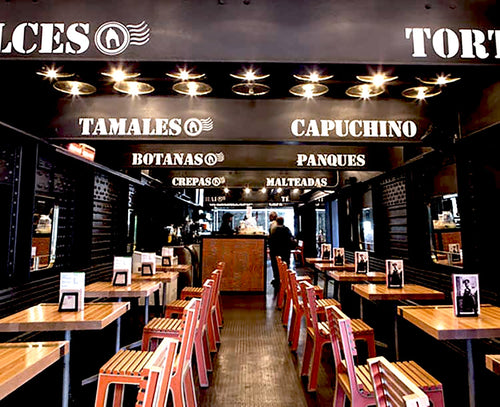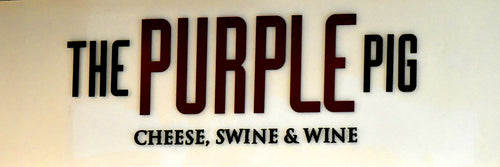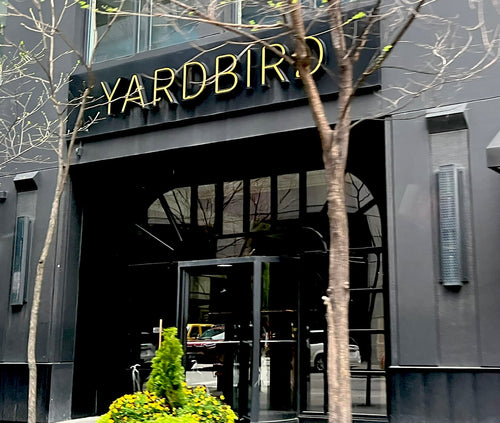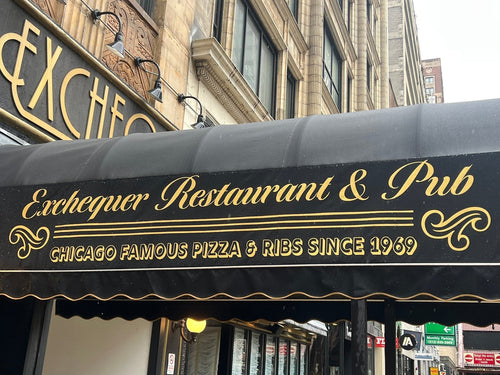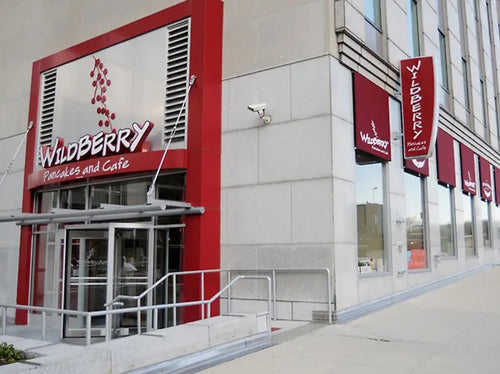Byegone places in Mexico City / Part 1
Although they no longer exist physically, their legacy lives on in the collective memory of those who enjoyed their unique atmospheres and good times.
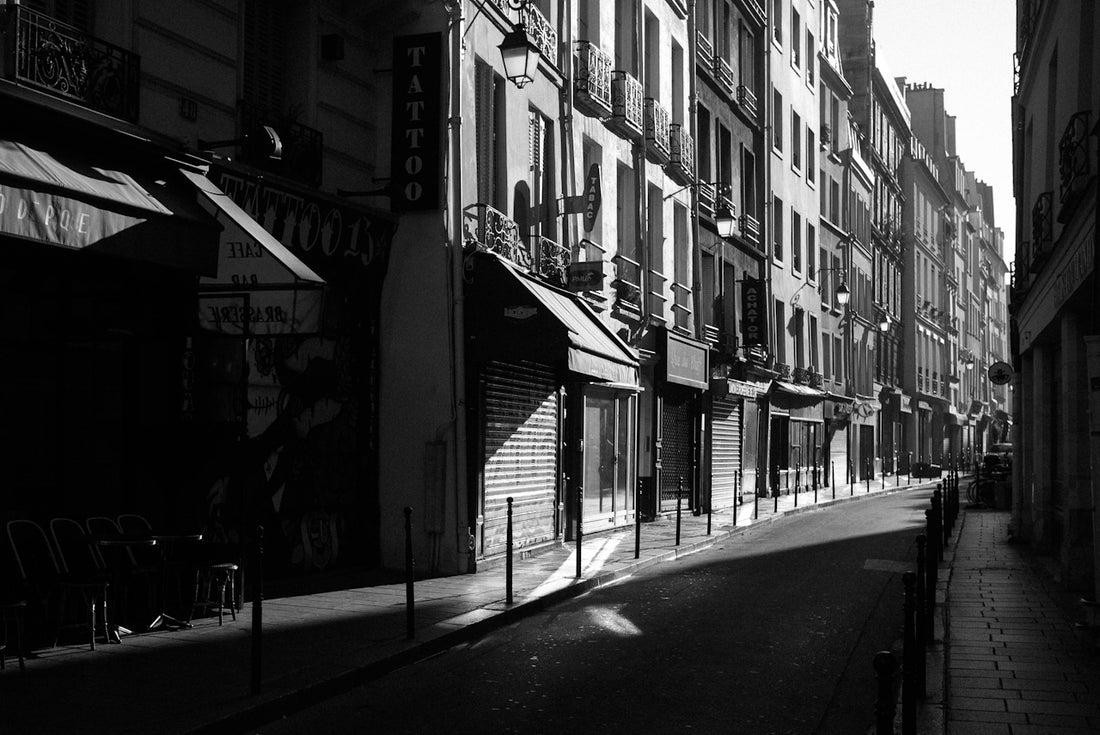
Mexico City, with its dynamic nightlife and rich cultural history, has witnessed the existence of iconic venues that have left an indelible mark on the collective memory. The symbol of partying in the 90s, an exclusive cabaret that hosted great artists, the cradle of rock and roll—these spaces were much more than just venues: they were epicenters of emotions, music, and unforgettable encounters.
La Boom
La Boom was an iconic nightclub in the north of Mexico City, famous in the 90s for its two floors of fun and excess. With 4,000 square meters of music and lights, it became a refuge for young people seeking anonymity in their nights out. More than just a club, La Boom also hosted various shows and events, becoming a symbol of the nightlife culture of the time. However, its popularity faded due to changes in the area and the maturing of its attendees, closing a memorable chapter in the city's nightlife.

El Patio
El Patio was an iconic cabaret inaugurated in 1938 in the Colonia Juárez, known for being the stage for great artists such as José José, Juan Gabriel, and Edith Piaf. With an expensive entrance fee that included dinner and a show, the place attracted the elite of the time, including personalities like Diego Rivera and María Félix. Its luxurious decoration and strict etiquette made it exclusive, becoming a symbol of nightlife in its golden age. However, modernity and competition from massive concerts led to its closure in 1994. The building collapsed in 2024, leaving only memories of its splendor.

Bar Bar
Bar-Bar, an exclusive private club inaugurated in 1984 in Insurgentes, became a benchmark for nightlife thanks to its famous clientele, which included personalities such as Luis Miguel and Madonna. However, its fame was tarnished by a tragic incident: in 2010, an attempted murder involved soccer player Salvador Cabañas, who was shot by an intoxicated man. Although Cabañas survived, the scandal forced the closure of Bar-Bar, which had been known for its glamorous atmosphere and innovative projection of music videos. The place, once a meeting point for celebrities and athletes, left a trail of controversy in its history.

Rockotitlan
Rockotitlán, an emblematic club of the 80s and 90s, was the cradle of rock in Spanish in Mexico. Inaugurated just before the 1985 earthquake, its mission was to give space to alternative rock bands. During its golden age, from 1990 to 1996, it hosted legends such as El Tri, Caifanes, and Café Tacvba, becoming an unfiltered stage for emerging talent. With a vibrant atmosphere and a mural by Gerardo Montagno, Rockotitlán not only offered music, but also food and drinks, despite its reputation for insecurity. It closed in 2001, leaving a lasting legacy in the history of Mexican rock.

El Nivel
El Nivel, founded in 1857, was the first cantina to obtain a license to sell alcohol in Mexico, signed by President Sebastián Lerdo de Tejada. Although its building still stands on the corner of Moneda and Seminario, its closure in 2008 marked the loss of a rich history. At its tables, legends like Agustín Lara shared anecdotes and experiences, while the aromas of peanuts and the famous house drink, the nibelungo, filled the air. Its closure, the result of litigation with UNAM, symbolizes how the history of the city often overlaps and transforms, leaving only memories in the minds of those who lived it.


